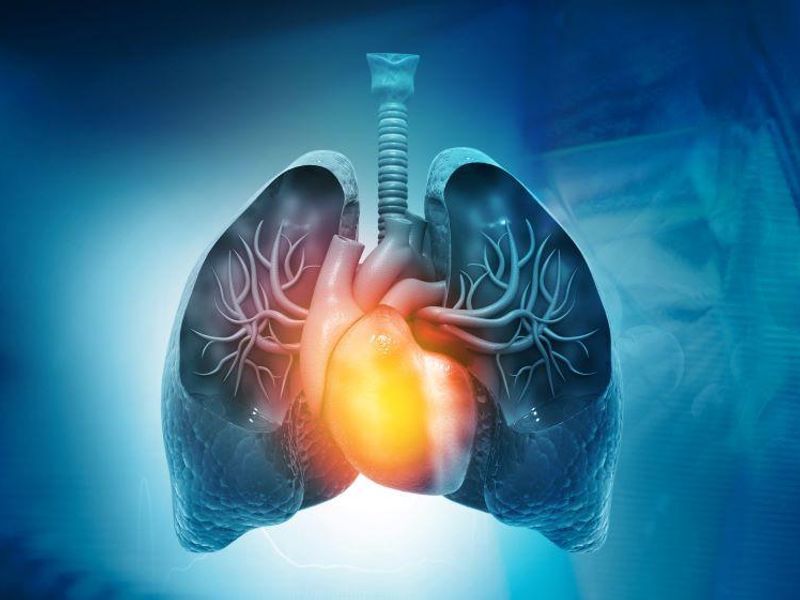Addition of left atrial reservoir strain also yields predicted net benefit in people without prior a-fib or stroke
By Elana Gotkine HealthDay Reporter
MONDAY, Dec. 19, 2022 (HealthDay News) — Left atrial reservoir strain improves stroke prediction in people without prior atrial fibrillation (AF) or stroke when added to CHA2DS2-VASc variables, according to a study published online Dec. 20 in the Annals of Internal Medicine.
Ankit Maheshwari, M.D., from the Penn State Health Milton S. Hershey Medical Center, and colleagues conducted a prospective study involving 4,917 participants from the Atherosclerosis Risk in Communities study without prevalent stroke or AF to examine the association of echocardiographic left atrial function (reservoir, conduit, and contractile strain) and left atrial size (left atrial volume index) with ischemic stroke.
The researchers found that the cumulative incidences of ischemic stroke were 2.99, 3.18, and 2.15 percent in the lower quintiles of left atrial reservoir, conduit, and contractile strain, respectively, over five years, while that of severe left atrial enlargement was 1.99 percent. Left atrial reservoir strain plus CHA2DS2-VASc variables was the best predictive model based on the Akaike information criterion. Addition of the left atrial reservoir strain to CHA2DS2-VASc variables resulted in reclassification of 11.6 percent of the 112 participants with stroke after five years to higher-risk categories and 1.8 percent to lower-risk categories. Of the 4,805 participants who did not develop stroke, 12.2 and 12.7 percent were reclassified to lower- and higher-risk categories, respectively. A predicted net benefit of 1.34 per 1,000 people was seen in a decision curve analysis, at a five-year risk threshold of 5 percent.
“External validation and formal decision analyses are needed before these data can aid in the design of clinical trials for stroke prevention,” the authors write.
Editorial (subscription or payment may be required)
Copyright © 2022 HealthDay. All rights reserved.








